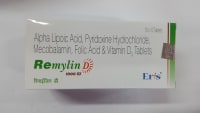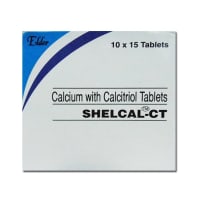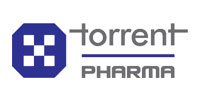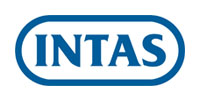USED FOR:
Skeletal mucle relaxation during surgery
COMPOSITION:
Suxamethonium (500mg)
Therapeutic Uses:
pain analgesics

Interaction with alcohol is unknown. Please consult your doctor.

WEIGH RISKS VS BENEFITS
Suxomin 500mg Injection may be unsafe to use during pregnancy.Animal studies have shown adverse effects on the foetus, however, there are limited human studies. The benefits from use in pregnant women may be acceptable despite the risk. Please consult your doctor.

Suxomin 500mg Injection is probably safe to use during lactation. Limited human data suggests that the drug does not represent a significant risk to the baby.

Not relevant, as Suxomin 500mg Injection is intended for use in hospitalised patients.

CAUTION
Suxomin 500mg Injection should be used with caution in patients with kidney disease. Dose adjustment of Suxomin 500mg Injection may be needed. Please consult your doctor.

CAUTION
Suxomin 500mg Injection should be used with caution in patients with liver disease. Dose adjustment of Suxomin 500mg Injection may be needed. Please consult your doctor.
Uses of Suxomin Injection
Suxomin 500mg Injection is used for skeletal mucle relaxation during surgery.
How to use Suxomin Injection
Your doctor or nurse will give you this medicine. Kindly do not self administer.
How Suxomin Injection works
Suxomin 500mg Injection relaxes the muscles by blocking the impulses from the nerves.
Common Post operative muscle pain, Protein in urine, Blood in urine, Altered heart rate, Urine discolouration, Dark colored urine, Increased blood pressure, Decreased blood pressure, Increased potassium level in blood, Increased saliva production, Blurred vision, Headache, Increased intraocular pressure, Muscle damage, Muscle stiffness, Muscle weakness, Muscle twitching, Muscle pain, Rash, Skin flushing, Tenderness, Abdominal cramp, Bloating, Nausea.
Expert advice for Suxomin Injection
Tell your doctor before using suxamethonium if you have or had tetanus, tuberculosis, other severe or long standing infection or illness, cancer, anemia, malnutrition, liver or kidney problems, auto-immune diseases (multiple sclerosis), an underactive thyroid gland (myxoedema), muscle disease (such as myasthenia gravis), a blood transfusion or a heart-lung by pass, been in contact with insecticides, allergic reaction to any muscle relaxant given as part of an operation.Suxamethonium paralyses the respiratory muscles as well as other skeletal muscles but has no effect on consciousness.You may experience some muscle pain after suxamethonium administration if you have undergone short surgical procedure under general anaesthesia.Do not drive or use machinery too soon after having an operation.Tell your doctor if you are or planning to become pregnant or are breastfeeding.
Q. Is Suxomin a non-competitive antagonist/ agonist?
Suxomin is a nicotinic acetylcholine receptor non-competitive agonist
Q. What is Suxomin chloride used for/ how does Suxomin work/ how does Suxomin chloride work?
Suxomin is used in anesthesia to induce muscle relaxation during operations, to facilitate endotracheal intubation (help insert a tube into the windpipe), reduce strong muscle contraction
Q. What is Suxomin apnoea?
Suxomin apnoea occurs when a patient does not have the enzymes to metabolise the drug. Due to this, a patient may remain paralysed for an increased length of time and cannot breathe adequately at the end of an anaesthetic
Q. Why does Suxomin cause bradycardia (abnormally slow heart beat)?
The initial metabolite of Suxomin produces a transient negative chronotropic effect through its stimulation of sinus node muscarinic receptors. Repeated dosing or infusions of Suxomin may lead to bradycardia that is appropriately treated with atropine
Q. Why does suxamethonium cause hyperkalemia (high potassium levels in the blood)?
Administration of suxamethonium may lead to depolarization and a large efflux of intracellular potassium into the plasma thereby resulting in hyperkalemia
Q. Why does Suxomin cause fasciculation (twitching of muscles under the skin)?
Suxomin cause fasciculation by an action on some distal part of motor nerve fibres
Q. Is Suxomin still used?
Suxomin is still used during general anesthesia
Q. Is Suxomin reversible?
Suxomin is a short-acting muscle relaxant which exerts a depolarizing effect at the neuromuscular junction. This effect is not reversible pharmacologically
Q. Is Suxomin is contraindicated in burned patients?
Yes, Suxomin should not be used in burned patients
Q. What is Suxomin sensitivity?
Suxomin sensitivity is when the drug remains active for a longer period of time than is usual due to which muscles stay relaxed
Q. Does Suxomin cross the placenta?
In normal therapeutic doses, Suxomin does not cross the placental barrier in sufficient amounts.


 Suxomin 500mg Injection
Suxomin 500mg Injection  Bookmark
Bookmark





















